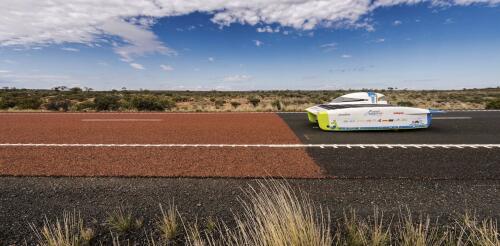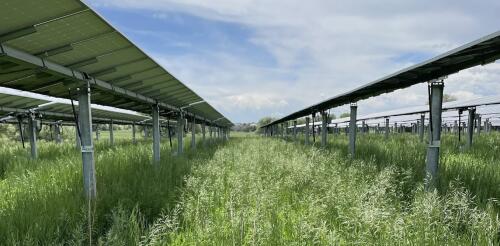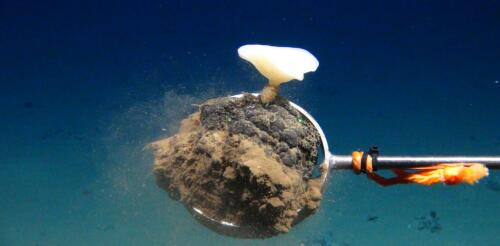Solar panels
Curious Kids is a series for children of all ages. If you have a question you’d like an expert to answer, send it to curiouskidsus@theconversation.com. Why aren’t there solar-powered cars? – Emma, age 16, Springville, Utah Solar cars exist. The best place to see them is the World Solar Challenge, a race that’s held every two years in Australia. Competitors have to drive about 1,870 miles (3,000 kilometers), from Darwin on the country’s north coast to Adelaide on its south coast, using only energy from the Sun. Many cars that compete in this race look more like amusement park rides or science fiction vehicles than the cars you see on the road. That tells you something about why solar cars aren’t an option for everyday travel, at least not yet. Collecting enough sunlight While a lot of sunlight falls on Earth during the day, the light becomes scattered as...
As societies look for ways to cut greenhouse gas emissions and slow climate change, large-scale solar power is playing a central role. Climate scientists view it as the tool with the greatest potential to reduce carbon dioxide emissions by 2030. In the U.S., the Department of Energy predicts that solar will account for nearly 60% of all new utility-scale electricity-generating capacity installed in 2024. But ideal locations for solar development often overlap with croplands or grasslands used for livestock grazing. Typically, large-scale solar arrays are designed to maximize energy generation, without much consideration for the ecosystems in which they are placed. For example, grading land and removing vegetation can cause erosion and send runoff into waterways. Solar developers have been fined for such environmental violations in Georgia, Massachusetts, Alabama, Idaho and Illinois. There also are concerns about how large solar installations affect animal movement patterns...
As companies race to expand renewable energy and the batteries to store it, finding sufficient amounts of rare earth metals to build the technology is no easy feat. That’s leading mining companies to take a closer look at a largely unexplored frontier – the deep ocean seabed. A wealth of these metals can be found in manganese nodules that look like cobblestones scattered across wide areas of deep ocean seabed. But the fragile ecosystems deep in the oceans are little understood, and the mining codes to sustainably mine these areas are in their infancy. A fierce debate is now playing out as a Canadian company makes plans to launch the first commercial deep sea mining operation in the Pacific Ocean. The Metals Company completed an exploratory project in the Pacific Ocean in fall 2022. Under a treaty governing the deep sea floor, the international agency overseeing these areas could be forced to approve provisional mining there as soon as spring 2023, but several coun...


